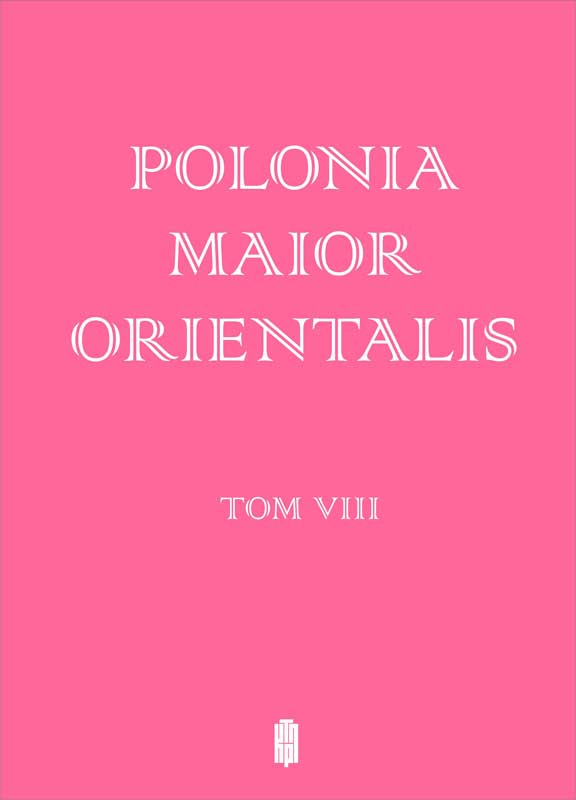Mniejszość żydowska w Kleczewie od XVI do XVIII wieku. Wybrane aspekty
The Jewish Minority in Kleczew from the 16th to the 18th Century. Selected Aspects
Author(s): Anetta Głowacka-PenczyńskaSubject(s): History, Economy, Jewish studies, Local History / Microhistory
Published by: Wydawnictwo Uniwersytetu Jagiellońskiego
Keywords: Kleczew; Jews; modern times; trade; crafts
Summary/Abstract: Although Kleczew on the background of Rzeczpospolita was qualified as a small town, in the modern period it was one of the most dynamically developing towns in the Konin county. In the 16th century Jews appeared there. We do not know the exact date of their appearance in Kleczew. The first information came from 1507 when the Hebrew were charged with a coronation tax. The next information about Jews from Kleczew appears only in 1695. Unfortunately, the size of the Jewish Community could not be determined until the end of the 17th century. According to the Jewish Heads’ Tariff of 1765, the Jewish religious population in Kleczew was almost twice as high as in Konin and amounted to 266 inhabitants. On 25 June 1776, the town owner, Władysław Gurowski, granted Jews a privilege regulating the legal affairs related to their operation. Unfortunately, the lack of sources did not allow us to determine how much Jews participated in the town economy. Based on the available data, we know that they were furriers, tailors, tinkers, glaziers, goldsmiths, cyrulics, merchants. In the 18th century, by virtue of a privilege erected by Władyslaw Gurowski, they were granted the right to brew beer and burn vodka. Jews living in the cities of Greater Poland were no strangers to agricultural activities. The records concerning the purchase and sale of properties, found in the village head’s books, showed that the Jews, just like other town inhabitants, owned gardens, meadows and fields. The Jewish population participated not only in the economic life of the city. Their relations with the Catholics seemed to be correct in general. Of course, there were disputes and conflicts which had to come to the municipal courts, but they were part of the general character of the towns of Rzeczpospolita.
Journal: Polonia Maior Orientalis
- Issue Year: 2021
- Issue No: VIII
- Page Range: 39-50
- Page Count: 12
- Language: Polish

